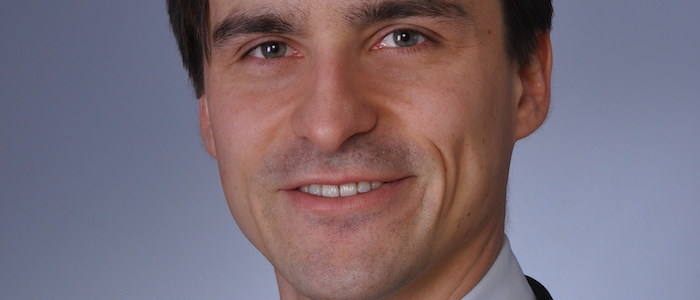Benedikt Sabass

Ludwig-Maximilians-Universitaet Muenchen
Lena-Christ-Str. 48
D-82152 Planegg-Martinsried
Germany
Benedikt Sabass
...is a theoretical physicist and passionate about understanding biological mechanisms quantitatively. Benedikt studied physics at Heidelberg University, where he worked with Prof. Ulrich Schwarz on cell adhesion mechanics and traction force microscopy. For his PhD research, he studied the non-equilibrium behaviour of microswimmers in the group of Prof. Udo Seifert at Stuttgart University. In 2014, he joined the laboratory of Prof. Howard Stone at Princeton University as a postdoctoral fellow. During his time at Princeton, Benedikt developed experimental methods for studying the mechanics of bacteria. On his return to Germany in 2016, Benedikt became a Young Investigator Group leader in the Institute of Biological Information Processing-5 led by Prof. G. Gompper at the Research Centre Juelich. In 2020, Benedikt was appointed as a Tenure Track Professor at LMU Munich with a primary affiliation with the Faculty of Veterinary Medicine and a secondary affiliation with the Faculty of Physics. Benedikt was awarded an ERC Starting Grant in 2019.
Since 2020 Tenure Track Professor at LMU Munich
2016-2020 Group leader at IBI-5, Forschungszentrum Jülich
2014-2016 Postdoc at Princeton University
2013 Postdoc at Heidelberg University
2012-2013 R&D in industry
2012 PhD in Theoretical Physics, Stuttgart University
2008 Diploma in Physics, Heidelberg University
Research synopsis
We take a theoretical physics perspective to discover and characterise the working principles of living systems. Due to the interdisciplinary nature of our research, we are interested in a broad range of questions at the interfaces of theoretical physics, biology, and the medical sciences — in particular veterinary medicine. A main research topic is the stochastic micromechanics of individual cells and multicellular ensembles. Cellular micromechanics plays a ubiquitous role in biology; for example, for pathogen migration and host invasion, cancer metastasis, morphogenesis, and tissue homeostasis. Sensing and control mechanisms are usually central. Our aim is to quantify regulatory processes in pathogens and to elucidate underlying physical principles, such as a tradeoff between control and emergence, optimisation of performance, or robustness.
This study is Project 16 of the SPP 2332 PoP.






